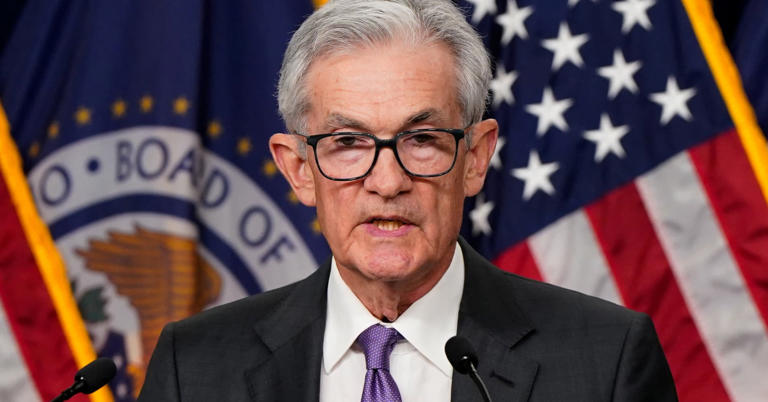Altaf Kassam, State Street’s head of investment strategy in Europe, the Middle East, and Africa (EMEA), raised concerns about the trajectory of the U.S. economy in 2025 during an interview with CNBC. He pointed out that the traditional mechanisms of monetary policy seem to have faltered, causing delays in their impact on the real economy. This phenomenon, he explained, could lead to unforeseen challenges if the Federal Reserve delays taking action on interest rates.
Kassam highlighted two significant factors contributing to this paradigm shift. Firstly, he noted that during the Covid-19 pandemic, U.S. consumers and businesses capitalized on the low-interest-rate environment by securing long-term, fixed-rate mortgages and refinancing debts at historically low rates. As a result, any potential effects of sustained higher interest rates may not be immediately felt but could materialize later when these liabilities come up for refinancing.
The implication of this scenario, according to Kassam, is concerning, particularly if interest rates remain at their current levels until 2025. He warned that such a scenario, coinciding with a significant wave of refinancing, could strain both consumers and corporations, potentially leading to adverse economic consequences.
Despite these looming risks, Kassam acknowledged that consumers and businesses currently appear unaffected by the prospect of higher interest rates, given the prevailing low-rate environment.
Market sentiment regarding near-term Federal Reserve rate cuts has shifted in response to persistent inflation data and hawkish remarks from policymakers. While markets previously anticipated multiple rate cuts in 2024, recent indications suggest a more cautious approach from the Fed.
San Francisco Fed President Mary Daly’s comments on Monday underscored this sentiment, as she indicated that there is no immediate urgency to cut U.S. interest rates, citing the strength of the economy and labor market, as well as inflation levels above the Fed’s target.
Previously, market expectations included up to three rate cuts in 2024, with the first anticipated in June. However, several banks have adjusted their forecasts, with expectations now leaning towards a single rate cut in December.
The divergence in monetary policy approaches between the Federal Reserve and the European Central Bank (ECB) is notable, with the ECB expected to lower rates in June. However, Morgan Stanley recently adjusted its ECB rate cut forecast for 2024 in response to changes in the Fed’s outlook.
Despite these shifts in market sentiment, State Street’s outlook remains consistent, with Kassam indicating that they still anticipate a Fed rate cut in June, underscoring the ongoing uncertainty surrounding the trajectory of U.S. monetary policy and its potential implications for the economy.
